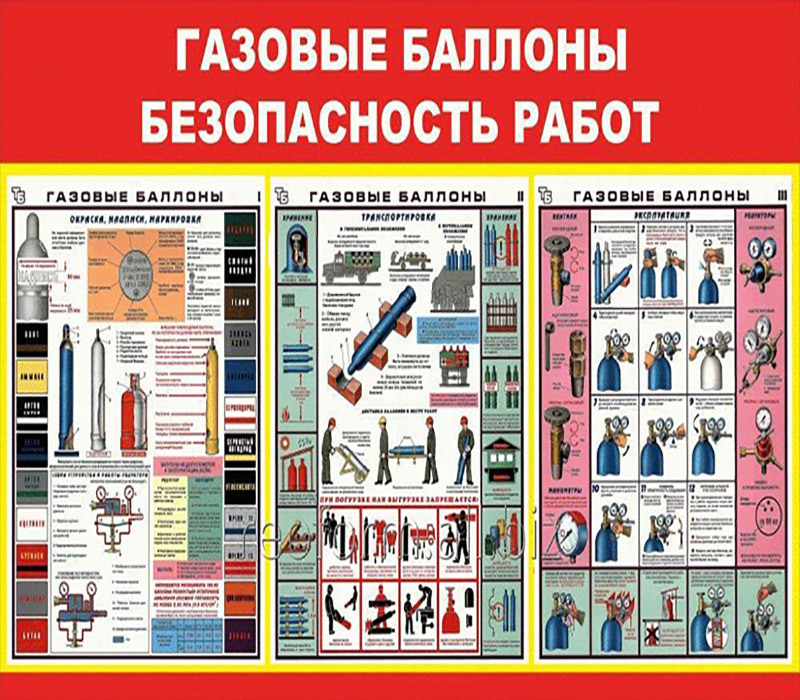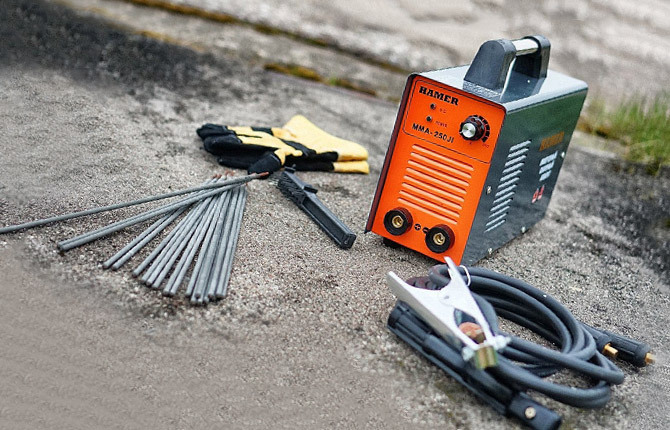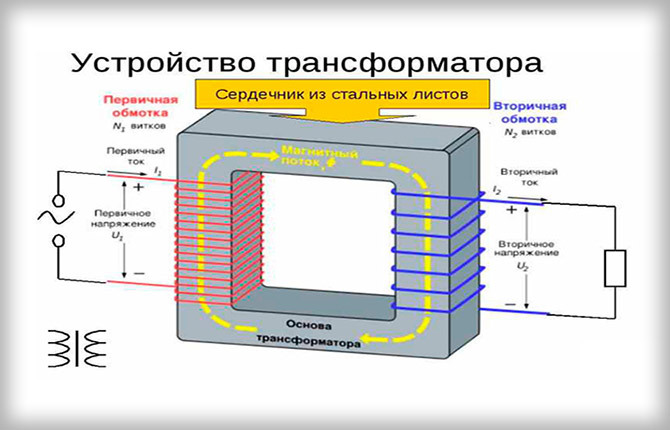Almost all household appliances that use water are connected to the water supply using flexible hoses. This is usually 3/8 '' flexible liner. The connection scheme can be considered successful - the heavy body does not deform the union-nut connection, both on the equipment and on the pipe, loads and vibrations are damped by a flexible braided hose. But for the quality operation of the entire system, it is important to choose the right flexible hose.
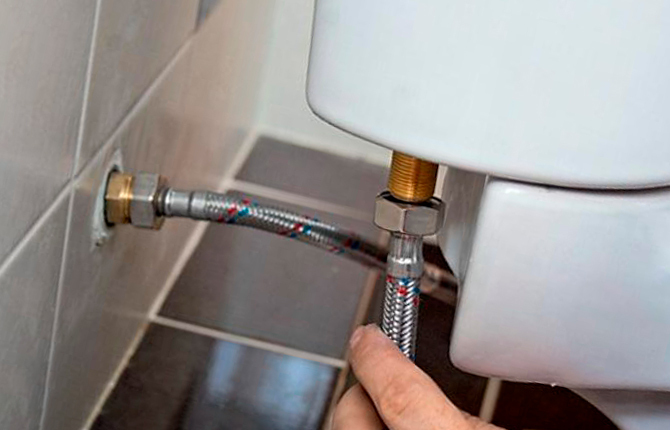
The content of the article:
-
The main types of flexible liners
- Option with braided rubber hose
- Bellows type
- What are the technical characteristics of 3/8, ½ inch flexible water line and other sizes of nut
- Is there a difference in what kind of braiding the flexible hose 3/8 or other standard size
-
How to choose 3/8 '' flexible hose
- Step one, pay attention to the inner shell
- Step two, inspect the condition of the sleeves, nipples
- How to connect 3/8 '' flexible hose
The main types of flexible liners
To connect home plumbing, two types of connectors are used. They differ in both appearance and construction. Flexible hose can be made in the form:
- a short, relatively rigid corrugated metal pipe;
- thin flexible hose with metal braid.
Both supply options differ in manufacturing technology, service life and method of ensuring the tightness of the flexible pipe.
Option with braided rubber hose
The design of the liner is a rubber hose with pressed-in metal nipples at the ends. With the help of a threaded connection, the nipple is pressed with great force against the inlet of the plumbing or water pipe. The tightness of the connection is ensured by gaskets, a winding FUM tape or O-rings.
The braided hose is available in three types:
- standard with Fittings for steel pipes: types, classification, marking and examples of installation fittings at the ends of the "nut-nut" type. The nut head is made in sizes 1, 3/4, 3/8, 1/2 inches;
- eyeliner extension. It differs from the previous version in that at one of the ends there is a rotating union head with an external thread (usually 3/8 inch);
- connecting hose with movable nut (BP) on one side, 3/8 "or 3/4", and 1/2 "male (HP) fixed union on the opposite end.
The last type of hose is the standard version of the flexible connection for 3/8 faucet with a straight nipple for a union with an external thread. Used to connect sinks and bathroom mixers for hot and cold water.
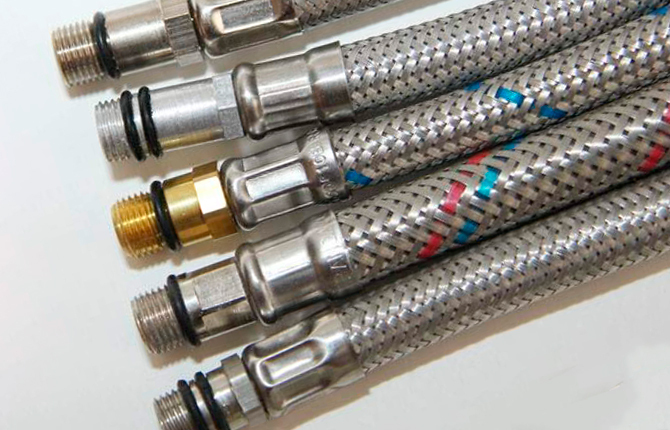
Most modern mixers and taps designed for flexible hose connections are designed so that 1/2 ”female inlets are located in hard-to-reach places. When installing the valve, screwing the union is usually not a problem. But flexible hoses will need to be changed periodically after 1-2 years of operation. In such a situation, it becomes difficult to unscrew the stuck 1/2 fitting, even if it is a high-quality brass product.
To avoid problems with hose replacement, use a 1/2 to ⅜ flexible hose adapter. This can be a brass barrel or a tube with an appropriately sized nut at the inlet.
In addition, one of the nipples of the 3/8 "flexible line can be in the shape of a square, and the nut, instead of the traditional hexagon wrench, has a knurled knurl.
An example is the connection hose manufactured by the German company Grohe. This allows you to screw the nut head on the thread by hand, without a wrench. Such a liner is used mainly for temporary connection of kitchen appliances. For example, coffee machines or tabletop dishwashers.

Bellows type
This version of the flexible hose is a hose in the form of a steel corrugation with nuts or 3/8 fittings at the ends. Its length can reach 200 cm.
The walls are made of knurled thin strip of stainless steel. In the process of manufacturing the corrugated lead-in, the edges of the strip are welded, due to which the flexible metal hose acquires the ability to bend in the desired direction. At the same time, the product is able to withstand pressure up to 10 atm and temperatures up to 250 ℃.

Since there is no polymer sheath inside the flexible corrugated hose, the bellows is considered to be the most durable and reliable type of liner. Actually this is not true.
The corrugations withstand the static pressure of water well, so a flexible hose with 3/8 inch nuts can be used as a water supply section. If the pressure inside the bellows changes, then microcracks appear in the places of welding of the stainless steel strip, which very poorly withstands the cyclic load. Therefore, it cannot be said that a corrugated steel pipe in operation exceeds a quality flexible hose by 3/8 inch.
What are the technical characteristics of 3/8, ½ inch flexible water line and other sizes of nut
The design of the water connection device turns out to be complex enough to have information about several basic characteristics of the eyeliner, it would be possible to unequivocally judge how high-quality it is product.
The easiest way to choose a quality hose is based on the typical characteristics of 3/8 - ½ inch flexible hose, manufactured by the Italian company Stout.
How high-quality the product is can be judged by the fact that the tightness test at the junction 3/8 and 1/2 is performed under pressure up to 50 atm.
Is there a difference in what kind of braiding the flexible hose 3/8 or other standard size
A protective sheath made of interwoven steel or polymer fibers serves three functions:
- protection of a sealed hose from mechanical and thermal damage during installation and operation;
- compensation of internal water pressure, otherwise the flexible polymer shell would swell, a rupture would occur at the place where the sleeve was pressed onto the nipple;
- gives additional rigidity to the hose, which is useful when installing flexible hose in hard-to-reach places.
The braid is available in stainless steel, coated steel, or nylon. Blue or red stripes are applied on top of the wicker casing - this is the product marking for cold or hot water.
The most expensive and high-quality ones are considered to be flexible liners with stainless steel braid. This 3/8 ”hose can be installed on plumbing fixtures even next to heating equipment.
Often, galvanized steel braid is considered to be of inferior quality. This is partly true. Individual fibers can lose zinc due to mutual friction, and the metal will rust.
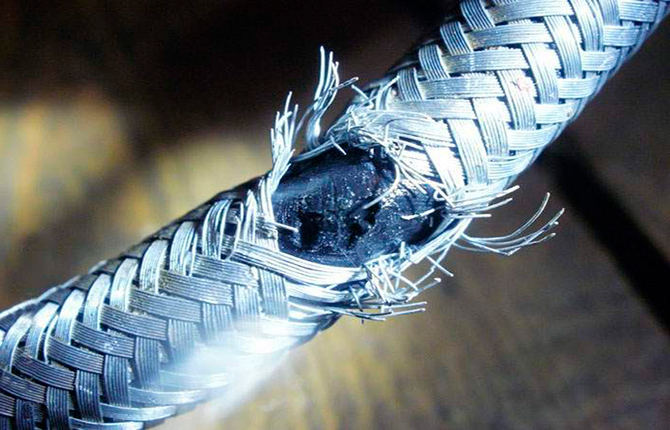
The quality of the metal braid does not depend on the presence of a protective coating, but only on the steel grade. The more sulfur, phosphorus and carbon in the metal, the worse the characteristics of the steel fibers. Individual strands burst under load, the sharp ends of the fibers tear the rubber sealed layer.
Stainless steel is considered a good choice, but not the best due to the high price. Mild mild steel braids with a galvanized protective layer are considered a good solution.
How to distinguish a quality leash from a fake one?
You can tell a good quality 3/8 "or 3/4" flexible eyeliner from an obvious fake. If you touch the braid with your palm and hold along the axis, then there should be no scratching or tingling sensations from the raised microscopic metal burrs.
Nylon braids are more durable in use, but they have one drawback. Polymer fibers often absorb water like a sponge, which leads to premature degradation of the polymer hose.
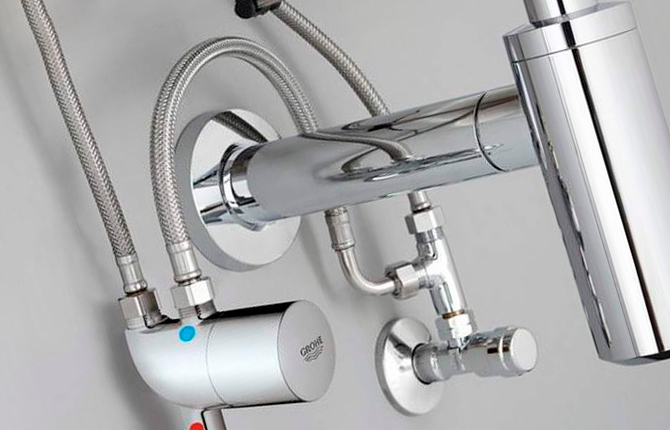
How to choose 3/8 '' flexible hose
If you pick up and carefully examine a flexible hose, for example, the most popular flexible hose in everyday life 3/8 '', the first impression is that it is just a rubber hose with a metal braid with a pair nuts.
The simplicity of the product is so misleading that they often try to make a flexible eyeliner on their own. Even if you can find a high-quality hose for her, it will last for several months. Therefore, you should not be surprised that the first purchased inexpensive flexible eyeliner that came to hand begins to siphon with water after six months of operation. This is most likely a fake made of ordinary rubber.
Step one, pay attention to the inner shell
The 3/8 flexible hose of well-known manufacturing companies has a sealed jacket made of EPDM rubber. Inside it is a layer of cross-linked polyethylene PEX. The material of the sheath and gaskets placed under the nipple is always indicated in the passport-certificate glued to the hose in the area of the crimp sleeve.
Some plumbers claim that counterfeit hose, especially the most common 3/8 and 3/4 sizes, can be easily identified by smell. The fake emits a distinct rubber smell. Often even the smallest particles, ripped off from the outer surface, wake up through the braid.
Step two, inspect the condition of the sleeves, nipples
The most reliable criterion in the selection is the build quality of the most critical parts. Therefore, you need to pay attention to:
- condition of the braid. There should be no torn fibers or strands of nylon sticking out;
- the condition of the crimp sleeves securing the nipple to the rubber sheath. The sleeves must be of the same length, made of the same metal. There should be no scratches, and there should be no deformed fibers in the interface with the braid;
- nuts or fittings should not be scratched by wrenching. The threads on the nipple are usually nickel plated, so if a flexible hose was used, marks still remain.
It is desirable that the nut or union be made of CW617N brass or equivalent. This is a guarantee that when tightening the joint, the material will not deform and will not give an invisible crack.

How to connect 3/8 '' flexible hose
First of all, the hose must be of the correct length. After installation, the liner must not be stretched or bent with a radius of less than 50 mm. It is necessary to check the free rotation of the union nut or union on the mating thread. Test screwing must be done without the O-ring and only by hand.
If there are no problems, then the next step will be the laying of the winding FUM tape on the thread of the receiving fitting. We turn the nut on the thread until it stops.
How to tighten the nut correctly?
To tighten the nut by 3/8, the force should not exceed a torque of more than 40 N * m.
In cases where the connection is placed on the mixer, the installation begins by screwing the fitting into the threaded inlet hole on the body. crane.
After one of the ends of the connecting hose is 3/8 wrapped, we put the gasket in the same way, wind the tape, wrap the movable nut or fitting. In this case, the hose must be held with pliers through a soft cloth. When tightening the nut, make sure that the braid does not deform or twist.
The last step is to check the tightness under pressure for half an hour. If water sweats out, turn the union nut a quarter of a turn with a wrench. In the event that the siphonite comes from under the fitting on the mixer, then first you need to loosen the union head on the opposite side of the hose. Only then tighten the union and screw the nut back into place.
3/8 '' flex hose life depends on water quality. Even with a professionally executed installation of the connecting hose, the manufacturer gives a guarantee for no more than two years. A good quality faucet lasts up to 5 years on average, so it will be right to buy one new liner together with a new faucet.
Do you think a flexible hose is the best solution for connecting water?
Yes, it's fast and convenient.
0%
No, there are better and more reliable options.
0%
Voted: 0
Did you know such nuances of choosing such a part for a pipeline? Write in the comments. Save the article to bookmarks, share it on social networks.
